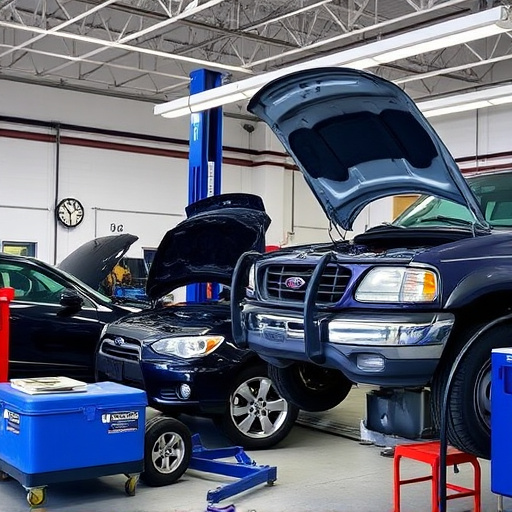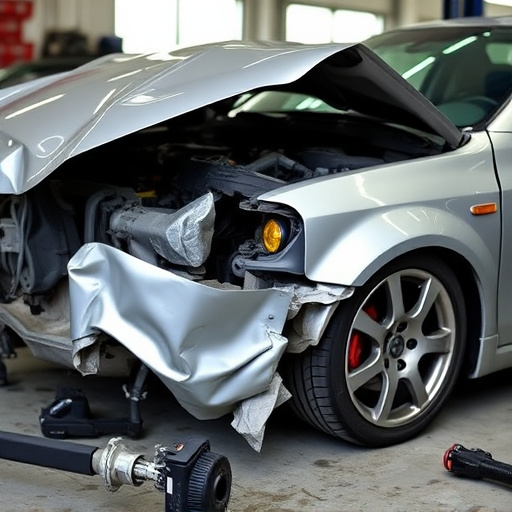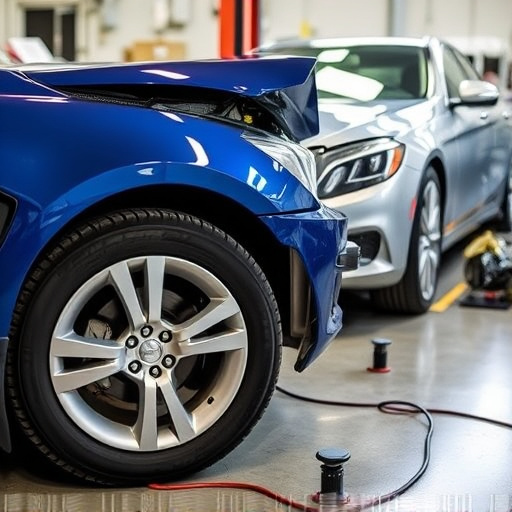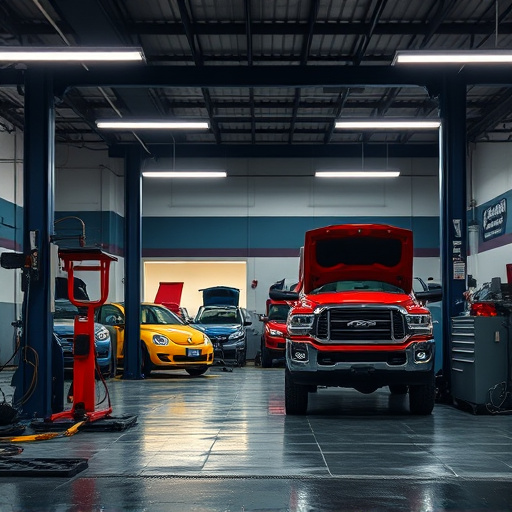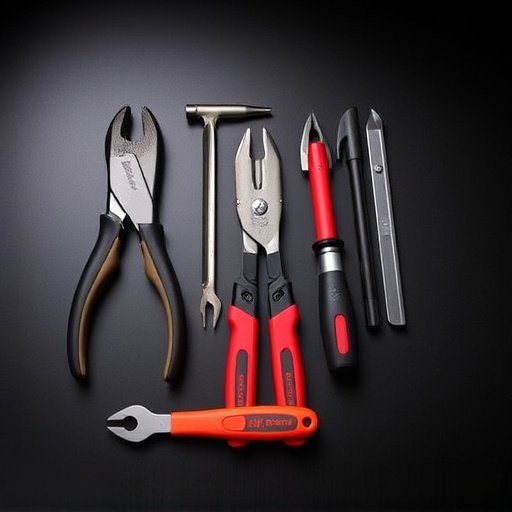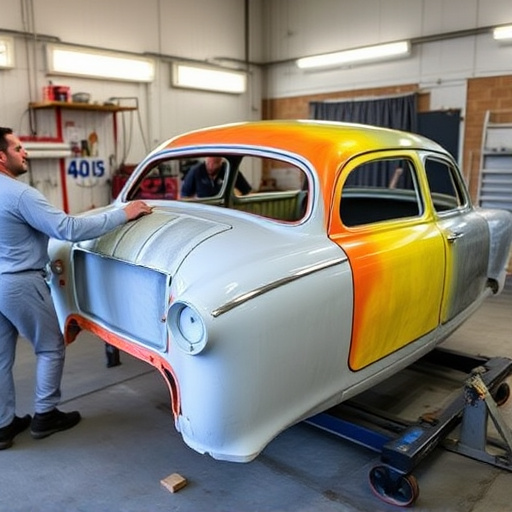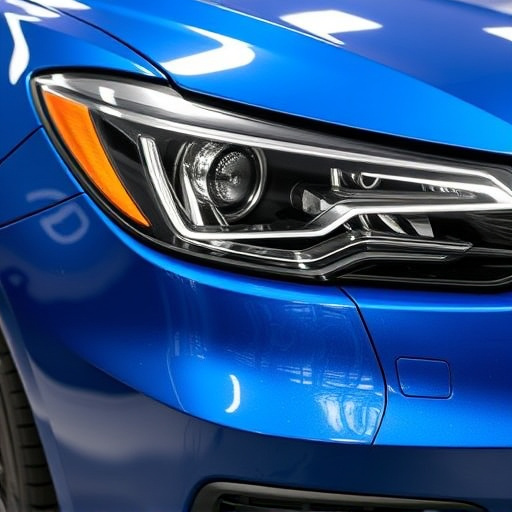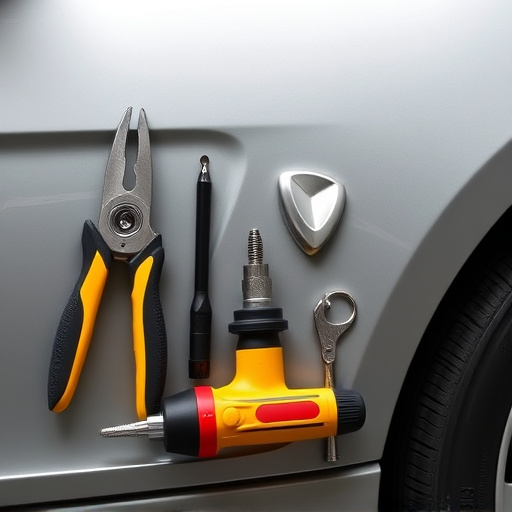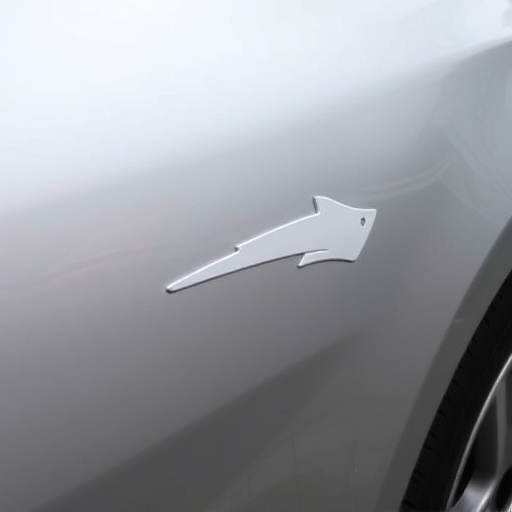Loaner vehicle collision repair offers convenience and financial relief but has limited availability and potential costs. Alternative solutions like car-sharing, electric scooters, and bike rentals provide eco-friendly, flexible options for environmentally conscious individuals after a collision. Efficient communication ensures smooth process with managed fleet vehicles.
In the event of a car accident, one of the immediate concerns is getting your vehicle repaired efficiently. Loaner vehicle collision repair offers a convenient solution, providing temporary vehicles while yours is in the shop. However, this option is not without drawbacks. This article delves into the process, advantages, and disadvantages of loaner vehicle collision repair, while also exploring alternative transportation solutions like ride-sharing or public transit, to help you make an informed decision.
- Understanding Loaner Vehicle Collision Repair Process
- Advantages and Disadvantages of Using Loaner Vehicles
- Exploring Alternative Transportation Solutions
Understanding Loaner Vehicle Collision Repair Process

When a vehicle suffers damage due to a collision, understanding the loaner vehicle collision repair process is essential for car owners. This often involves a structured procedure where the insured individual contacts their insurance provider who, in turn, facilitates the arrangement of a temporary replacement vehicle. The process begins with an assessment of the damage, after which, if the repairs are deemed beyond cost-effective restoration, the policyholder receives a loaner car. These vehicles are typically selected from a fleet managed by the insurer or a specialized rental company, ensuring they meet safety standards and offer reasonable comfort levels during the repair period.
During this time, the damaged vehicle undergoes various auto body repairs and auto glass repair services as needed. The repair facility works diligently to restore the vehicle to its pre-accident condition, utilizing advanced equipment and techniques for comprehensive vehicle collision repair. Efficient communication between the policyholder, insurance company, and repair shop is vital to ensure a smooth transition and timely return of the loaner car once the repairs are complete.
Advantages and Disadvantages of Using Loaner Vehicles

Using a loaner vehicle for collision repair offers several advantages. Firstly, it provides convenience by eliminating the need for alternative transportation during the repair process. This is particularly beneficial for individuals who rely heavily on their vehicles for daily commuting or work purposes. Secondly, many auto dealerships and repair shops offer free or discounted loaner cars as part of their service, ensuring customers don’t face additional financial strain during unexpected repairs. Additionally, these vehicles are typically well-maintained and up-to-date models, offering a comfortable driving experience while your car is being repaired.
However, there are also disadvantages to consider. One potential drawback is that loaner vehicles may not always meet your specific needs or preferences in terms of size, features, or brand. Moreover, the availability of loaner cars might be limited, leading to longer wait times if the desired vehicle isn’t immediately accessible. Another consideration is cost; while some repair shops cover loaner car expenses, others may not, and unexpected charges can add up over time. Lastly, there’s a chance that using a loaner vehicle could result in less personalized care compared to using your own car for repairs, as technicians might prioritize their regular clients’ vehicles first. Despite these potential drawbacks, for many, the convenience and accessibility of loaner vehicles make them an attractive option during collision repair.
Exploring Alternative Transportation Solutions
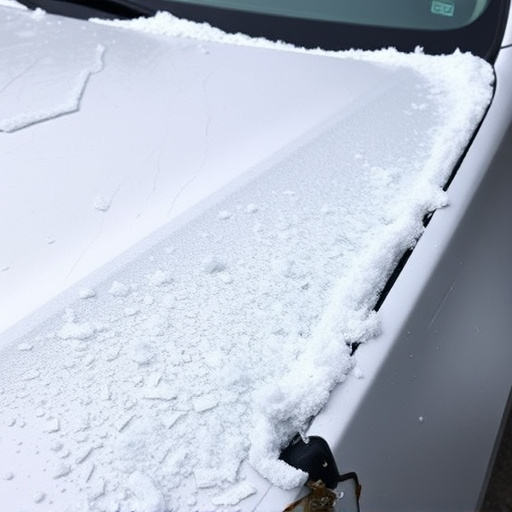
In today’s world, where environmental concerns are at the forefront, many individuals and businesses are seeking sustainable alternatives to traditional modes of transportation. This shift is particularly notable when it comes to handling vehicle repairs, especially after a collision. Instead of relying solely on loaner vehicles provided by insurance companies or automotive body shops for collision repair, there are several innovative options worth exploring.
Alternative transportation solutions offer a chance to reduce carbon emissions and avoid the often cumbersome process of dealing with rental cars. Car-sharing programs, electric scooter rentals, and bike-sharing services are gaining popularity as eco-friendly and cost-effective choices. These options provide flexibility and convenience while also contributing to a greener future. By choosing these alternatives to loaner vehicles during collision repair, individuals can experience a seamless transition without compromising their environmental values.
When considering post-collision repairs, opting for a loaner vehicle collision repair service offers both advantages and potential drawbacks. This traditional method provides convenience by offering a temporary replacement during the repair process. However, with rising costs and varying availability, it’s essential to explore alternative transportation solutions. Innovative options like ride-sharing, public transit, or carpooling not only save expenses but also contribute to reduced traffic congestion and environmental impact. In today’s digital era, where accessibility and efficiency are paramount, these alternatives could be the game-changer many drivers are looking for, ensuring a smoother transition during their vehicle’s repair journey.
